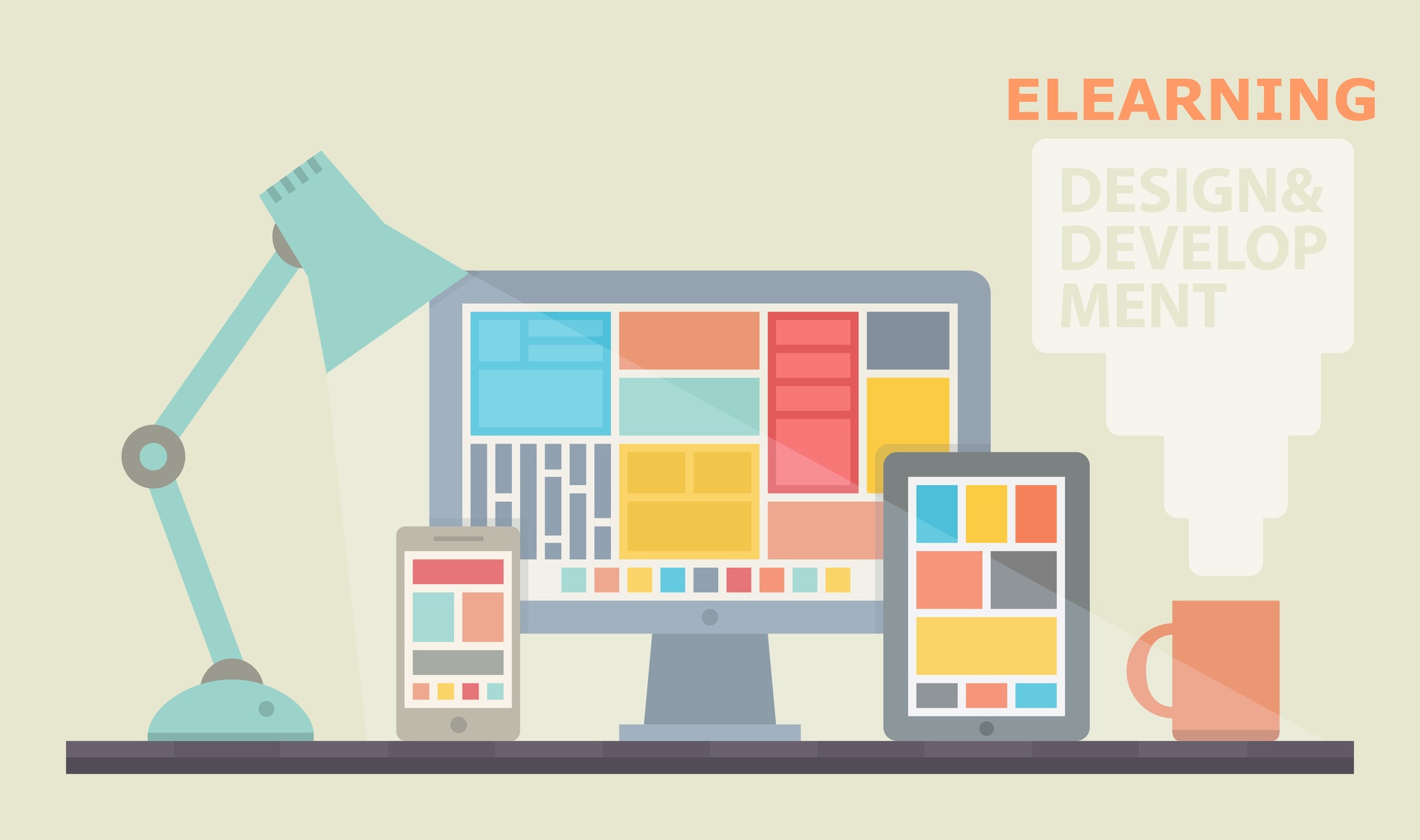7 Customizable Templates
In the early stages of planning an online course, you might find yourself staring at a blank sheet of paper, scratching your head, wondering where to begin. After all, so many moving pieces go into course design, starting from the very architecture of your lessons to activities and exercises, all the way down to filming your course content.
That’s precisely why many educators use storyboarding to streamline the process. A storyboard can help you plan out your entire course, down to the smallest details, while keeping the big picture and your overarching goals in sight.
We’ve put together 7 customizable eLearning storyboard templates that pull from the most widely acknowledged Instructional Design models. Use them to organize your course planning around proven instructional theories and stay on top of best practices from the very start.
Keep reading to find out which storyboard is the best for your needs and how to use the templates.
What Is Instructional Design Storyboarding?
Instructional Design storyboarding is the process of mapping out the core elements of a course, webinar, or lecture in a process outlined by a specific Instructional Design model. If you’re new to instructional theory, you might be wondering what that means. Let’s get some definitions out of the way.
What Are Instructional Design Models?
Instructional Design models are frameworks developed by psychologists and educational researchers that organize “creating instruction” (e.g., building an eLearning course) into a streamlined process that follows research-based best practices.
By taking the guesswork out of the course design process, Instructional Design models help educators create learning experiences that deliver results. On a high level, this means helping students acquire and retain new knowledge or skills. From a business perspective, the implications of effective learning can include good reviews, returning customers, referrals—and improved bottom-line results.
What Is Storyboarding?
Storyboarding is a planning technique that has its roots in movie production. Originally, storyboards were used to pre-visualize sequences of events in motion pictures and animations. In education, storyboarding helps plan the contents of a course, lesson, lecture, or any kind of learning experience. It can help prioritize information, arrange the elements of a training program into a logical sequence, map out video materials, plan audio narration, and more.
So, summing up, Instructional Design storyboarding relies on Instructional Design models to guide the process of putting together a course or class.
Why Should You Use An Instructional Design Storyboard?
Creating a storyboard may sound like adding an extra step to the course development process. But it’s like using a good project management tool; it will ultimately save you a lot of time and arrive at optimal solutions without the trial-and-error phase.
Relying on an Instructional Design storyboard template will help you:
- Keep your training focused on research-backed best practices
- Hit all the important points in your audio and visual materials
- Simplify production and post-production by lowering the chance that you have to go back and reshoot things
- Plan exercises, quizzes, and activities that facilitate the retention of new knowledge and skills
How To Use Our Instructional Design Storyboard Templates
Below, you’ll find 7 templates for Instructional Design storyboards.
To use a template, simply print it out. or you can follow these steps to create your own, editable copy:
- Open the file in Google Sheets
- In the top menu, click "File"
- From the drop-down menu, select "Make a copy"
Once you have a printout or digital copy of the template, fill out the empty fields following the prompts in italics.
7 Free Instructional Design Storyboard Templates
1. Bloom’s Taxonomy
Bloom’s Taxonomy states that there are 6 consecutive steps to mastering new knowledge or skills:
- Remember
- Understand
- Apply
- Analyze
- Evaluate
- Create
Use this template to:
- Define the scope of what your students are supposed to remember, understand, etc.
- Plan activities that will support each step
You can then plan your modules and course materials around these clearly defined learning objectives and exercises.
2. Gagné’s 9 Events Of Instruction
Gagné’s Instructional Design model breaks effective learning into a set of 9 “events” that happen across 3 stages (before, during, and after the delivery of instruction):
- Gain the learners' attention
- Tell them what they are going to learn
- Stimulate the recall of prior knowledge
- Present the instruction
- Guided practice
- Independent performance
- Provide feedback
- Assess performance
- Extension and transfer
This storyboard template will help you plan talking points, activities, and teaching strategies for each step.
3. ADDIE
ADDIE is a popular Instructional Design model that outlines 5 steps of Instructional Design:
- Analyze
- Design
- Develop
- Implement
- Evaluate
This template will help you plan and organize your pre and post-launch tasks within your course development project. It will also remind you to plan for a post-launch analysis and work toward optimizing your eLearning program even after it goes live.
4. SAM
SAM is a simplified version of the ADDIE model of Instructional Design. It names 3 repeating steps to developing a successful training program:
- Evaluate
- Design
- Develop
Use this template to map out the tasks you will need to build your course and continuously refine it.
5. Merrill’s First Principles Of Instruction
Merrill’s First Principles Of Instruction is a model that outlines the 5 universal principles common to all effective Instructional Design models.
The 5 principles of instruction are:
- Task/problem-centered
- Activation
- Demonstration
- Application
- Integration
Use this template to:
- Map out the real-world problems and tasks you will base your course around
- Define how you will tie your course in with your students' prior knowledge
- Plan the activities, exercises, and talking points that will support each principle
6. Action Mapping
Action Mapping is a model that breaks down effective training into 4 building blocks:
- A measurable business goal
- A series of actions required to reach the goal
- Practice activities designed to teach students how to perform the actions
- Information essential to carry out the activities
Use this template to:
- Define an overarching goal for your course
- Plan practice tasks and activities
- Build scripts for your audio and visual materials around information essential to your goal
7. 70-20-10
The 70-20-10 model of Learning and Development identifies 3 ways in which people learn, and assigns weight to each of them.
According to this model:
- 70% of knowledge comes from experience, experiment, and reflection
- 20% of knowledge comes from working with others
- 10% of knowledge comes from formal, planned learning
Use this template to define objectives and activities relevant to each category.
Conclusion
There you have it: 7 ready-to-use Instructional Design storyboard templates. Use them to create a logically structured and effective online course that will help your students learn new things (and help you grow your eLearning business).
Once you map out your course, easily build and market it with Thinkific. (No tech skills required. Your expertise and storyboards are all you need!)
Read More:
- Bloom’s Taxonomy: A Crash Course For Online Course Creators
- How To Use Gagné’s Nine Events Of Instruction To Make Learning Stick
- What Is the ADDIE Training Model? (With Examples)
- How To Use Merrill’s First Principles Of Instruction In Elearning








